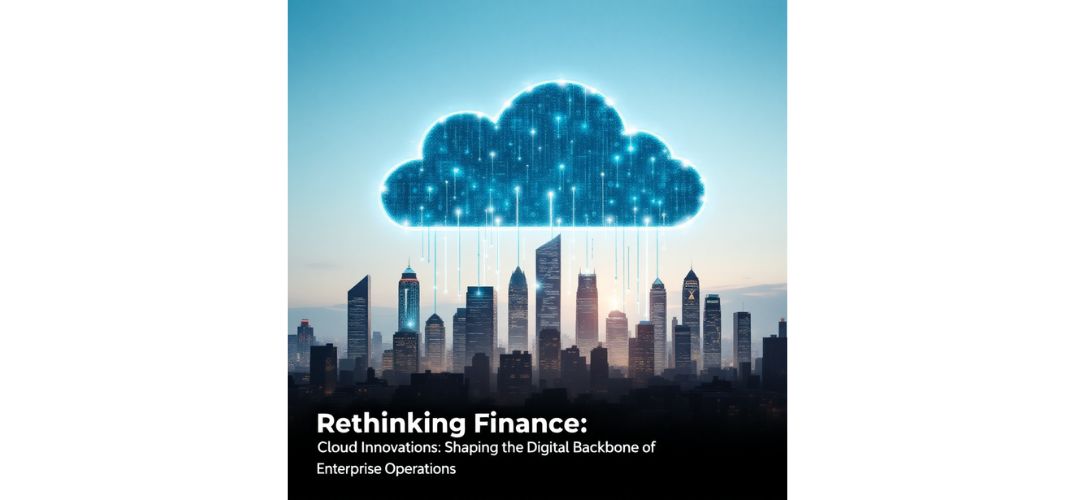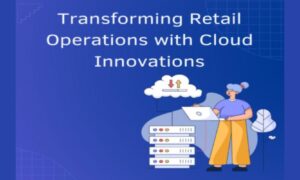In today’s digital transformation era, organizations rapidly turn to cloud technologies to reinvent financial operations. At the forefront of this shift is Sheetal Anand Tigadikar, a noted thought leader who explores this evolving landscape in her recent work. Her insights shed light on the innovations enabling organizations to move beyond legacy systems and embrace agile, intelligent, and secure financial management frameworks.
Rewriting the Financial Playbook
Once cautious about digital transitions, the financial industry now embraces cloud computing to address the urgent demands of agility and innovation. The cloud paradigm eliminates heavy infrastructure investments, allowing institutions to scale computing resources on demand and access advanced technologies that were once out of reach. Whether for real-time analytics, enhanced customer experiences, or streamlined operations, cloud adoption has become a strategic imperative.
The Power Behind the Platforms
Innovative cloud service providers now deliver specialized solutions for the financial sector, integrating AI, real-time analytics, and strong security frameworks. These platforms form cohesive ecosystems that streamline fraud detection, risk modeling, and compliance reporting. Financial institutions benefit from dynamic scalability and seamless integration with core systems, enabling faster, smarter decisions in volatile markets. With enhanced agility and security, these tools empower firms to respond proactively to emerging risks and regulatory demands.
Strategic Deployment: One Size Doesn’t Fit All
Cloud deployment models have evolved to meet the complex demands of financial enterprises. Public clouds provide agility and scale for innovation, while private clouds support strict data governance and compliance. Hybrid and multi-cloud strategies offer a strategic balance—leveraging the strengths of each model to optimize performance, mitigate vendor risk, and ensure regulatory alignment. This adaptable architecture enables institutions to modernize core systems without compromising control or resilience.
Financial Systems in the Cloud: A Paradigm Shift
Migrating Enterprise Resource Planning (ERP) systems to the cloud eliminates data silos and enables real-time financial processing, enhancing decision-making and efficiency. Unlike traditional systems, cloud ERP requires fewer upgrades and reduces reliance on IT, offering intuitive interfaces and self-service tools. Finance and business users can independently configure and scale solutions, shifting focus from maintenance to strategic innovation. This transition is not just technological—it’s a strategic move that empowers organizations to prioritize growth and agility over operational upkeep.
Analytics with a Competitive Edge
Cloud platforms have democratized access to advanced financial analytics. Institutions can tap into powerful dashboards, predictive tools, and AI-driven insights without investing in expensive hardware. These capabilities support faster decision-making, more accurate forecasting, and real-time detection of anomalies and fraud. For many organizations, this edge translates into improved risk management and market responsiveness.
Security and Compliance, Reinvented
Cloud computing enhances security for financial institutions with automated compliance, continuous monitoring, and rapid threat detection—often outperforming in-house systems. Built-in controls support regulatory compliance across regions, turning security from a constraint into a strategic asset that empowers confident innovation and growth.
Smarter Spending with FinOps
The advent of FinOps marks a critical innovation in cloud-enabled finance. These practices allow financial leaders to monitor resource utilization, allocate costs accurately, and optimize performance through dynamic scaling. FinOps transforms cloud investment into a disciplined, value-driven practice, ensuring technology spending aligns with business goals. For financial institutions, it represents one of the highest-return operational enhancements available today.
Looking Ahead: Technologies Converge
Emerging trends promise to deepen the cloud’s transformational impact on finance. Serverless computing minimizes operational overhead, while AI and machine learning redefine how institutions assess risk and personalize services. Blockchain technology, once experimental, streamlines transaction verification and enables smarter contracts. These tools converge to create integrated platforms that solve real business challenges rather than chase novelty.
In conclusion, Sheetal Anand Tigadikar emphasizes that cloud technologies have ushered in a fundamental shift in enterprise financial operations. What began as a quest for cost efficiency has evolved into a comprehensive transformation that redefines how institutions innovate, compete, and deliver value. With the ongoing integration of AI, blockchain, and serverless architectures, cloud computing is no longer a support function—it is the strategic backbone of the digital financial ecosystem. Those prepared to embrace this evolution, balancing innovation with governance, will emerge as future leaders in the financial world.



































